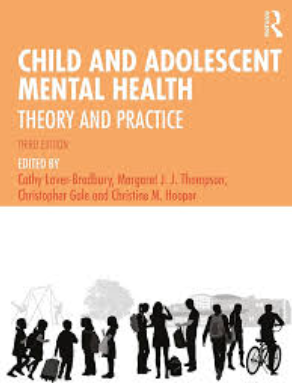The burden of mental and behavioral health visits to the pediatric ED: A 3-year tertiary care center experience
Abstract
Background
The shortage of mental health services across the United States has turned pediatric emergency departments (PEDs) into safety-nets for the increasing population of children with mental and behavioral health (MBH) needs. This study provides a descriptive characterization of MBH-related PED visits, the trends in visit, ED length of stay (EDLOS), and admission rate.
Methods
We reviewed electronic health records of children ≤18 years with MBH needs, who visited the PED of a large tertiary hospital from January 2017 to December 2019. We performed descriptive statistics, chi-square (χ2), and logistic regression analyses to evaluate trend in visit, EDLOS, admission rate, and predictors of prolonged EDLOS and inpatient admission.
Results
Of 10,167 patients, 58.4% were females, median age was 13.8 years, and 86.1% were adolescents. On average, visits increased by 19.7% annually, with a 43.3% increase over 3 years. Common ED diagnoses include, suicidality (56.2%), depression (33.5%), overdose/poisoning, and substance use (18.8%), and agitation/aggression (10.7%). Median EDLOS was 5.3 hr, average admission rate was 26.3%, with 20.7% boarding in the ED for >10 hr. Independent predictors of admission include depression (pOR: 1.5, CI: 1.3–1.7), bipolar disorder (pOR: 3.5, CI: 2.4–5.1), overdose/substance use disorder (pOR: 4.7, CI: 4.0–5.6), psychosis (pOR: 3.3, CI: 1.5–7.3), agitation/aggression (pOR: 1.8, CI: 1.5–2.1), and ADHD (pOR: 2.5, CI: 2.0–3.0). Principal independent driver of prolonged EDLOS was patient admission/transfer status (pOR: 5.3, CI: 4.6–6.1).
Conclusions
Given the study results, MBH-related PED visits, ED length-of-stay, and admission rates continue to rise even in recent years. PEDs lack the resources and capability to provide high-quality care for the increasing population of children with MBH needs. Novel collaborative approaches and strategies are urgently needed to find lasting solutions.

 求助内容:
求助内容: 应助结果提醒方式:
应助结果提醒方式:


